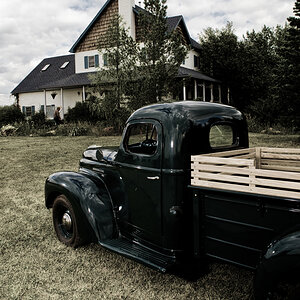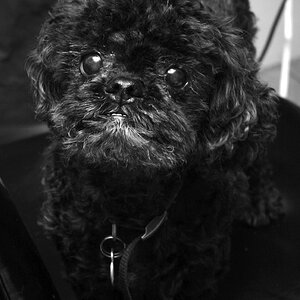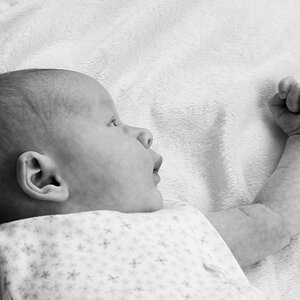voodoo_child
TPF Noob!
- Joined
- Aug 24, 2006
- Messages
- 41
- Reaction score
- 0
This is a bit of a hazy subject for me...
Is it how "deep" or "strong" a colour is?
would you say the green field and blue sky are saturated in this photo?
http://www.flickr.com/photo_zoom.gne?id=192323087&context=set-72157594169149947&size=o
How is this achieved? By slightly underexposing?
crawdaddio I hope you dont mind me using your lovely photo as an example.
I find a photo I really like, analyze it, decipher what I like about it, then try to understand the technique to recreate it.
Sorry if I'm getting annoying with the questions
Is it how "deep" or "strong" a colour is?
would you say the green field and blue sky are saturated in this photo?
http://www.flickr.com/photo_zoom.gne?id=192323087&context=set-72157594169149947&size=o
How is this achieved? By slightly underexposing?
crawdaddio I hope you dont mind me using your lovely photo as an example.
I find a photo I really like, analyze it, decipher what I like about it, then try to understand the technique to recreate it.
Sorry if I'm getting annoying with the questions



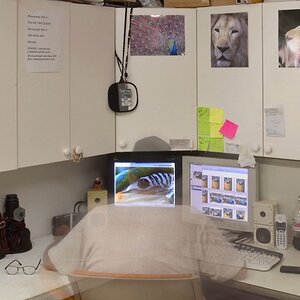
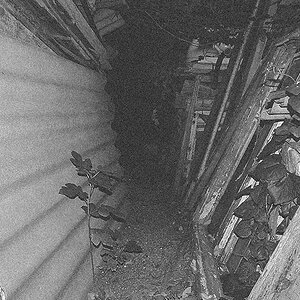
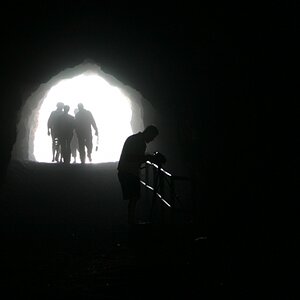

![[No title]](/data/xfmg/thumbnail/42/42253-fef7e43227f484b1a95dd6d85c03bd40.jpg?1619740063)
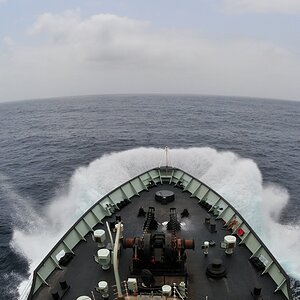
![[No title]](/data/xfmg/thumbnail/39/39645-11fae384f9fd2ec2813acc42adec0206.jpg?1619739148)

